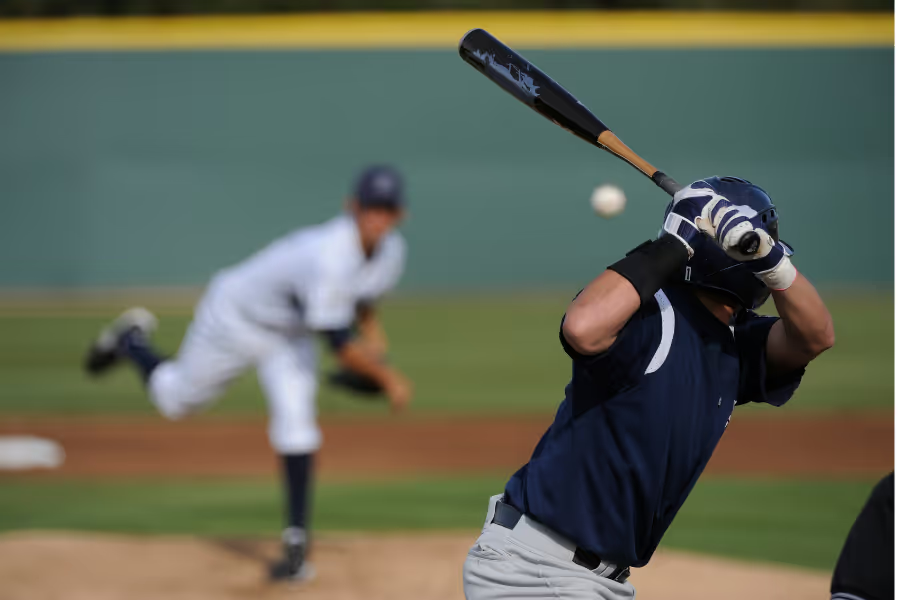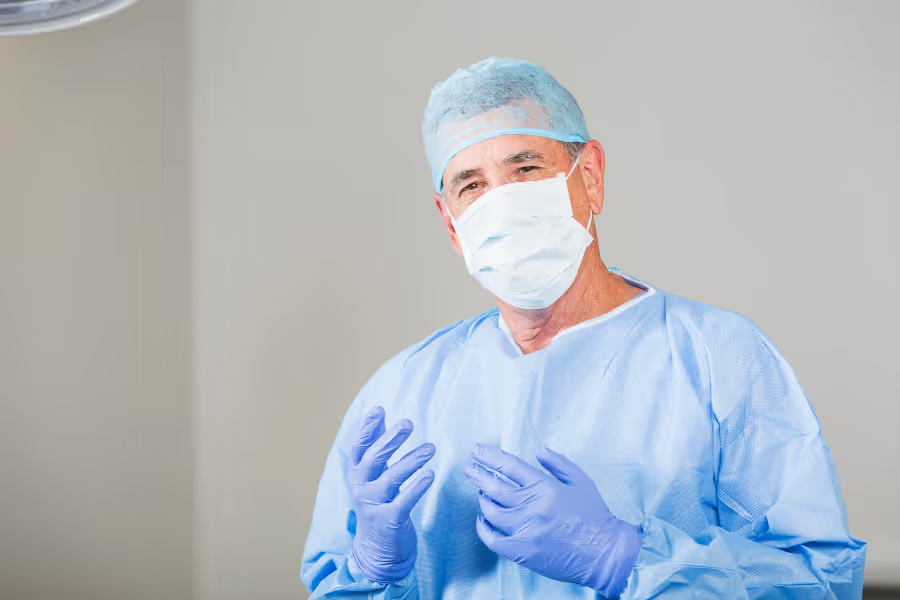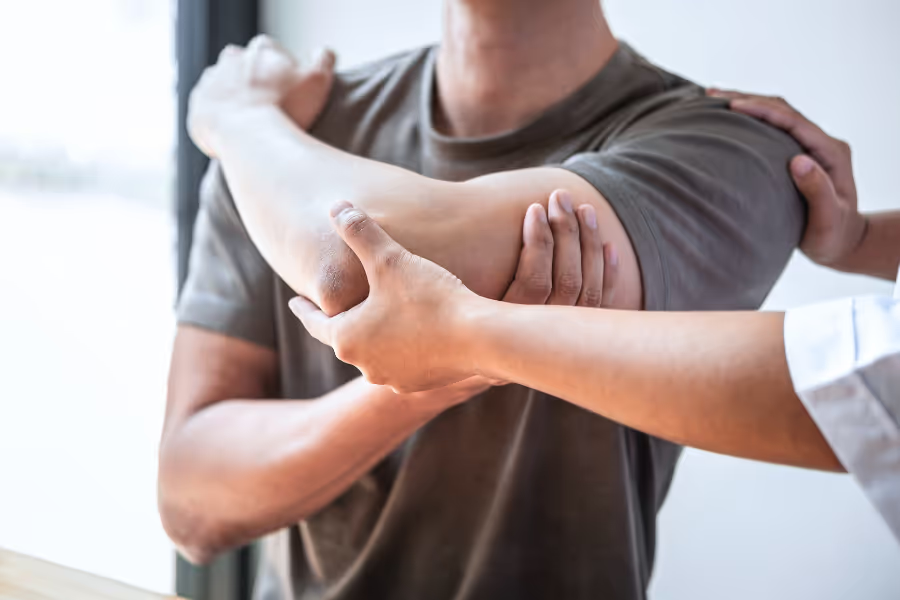Tommy John surgery costs, aftercare considerations, procedural steps. Find the right surgeon that fits your needs below, serving Canadians in major cities like Vancouver, British Columbia; Calgary, Alberta; Toronto, Ontario; and Montréal, Québec.
Informational purposes only, not medical or legal advice. Please consult your doctor or surgeon.

Tommy John surgery is a procedure to fix a torn ulnar collateral ligament (UCL) in your elbow—the ligament that helps keep the joint stable during throwing. Think of the UCL as a sturdy strap on the inner side of your elbow. Repeated high‑speed throws (like pitching) can fray or tear it, causing pain, instability, and loss of power.
During surgery, the doctor usually replaces the damaged ligament with a tendon graft taken from somewhere else (often your forearm, hamstring, or a donor). Small tunnels are drilled in the upper arm bone (humerus) and forearm bone (ulna). The new tendon is threaded through these tunnels and secured so it can act like a new ligament. Sometimes, if the tear is in a good spot, surgeons can repair it directly and reinforce it with an “internal brace.”

Surgery time is about 60–120 minutes (most are ~90 minutes). Plan on several hours for check-in, anesthesia, and wake-up before going home.
Basic steps:

Everyone's recovery process looks different. This is to give you a general idea of what to potentially expect. Consult your surgical team and take rehab seriously—the more consistent you are, the better your outcome.
Week 1
Weeks 2–4
Weeks 5–12
Months 3–4
Months 4–5
Months 6–9
Months 9–12+
Red flags anytime
In Canada, private clinics in charge between $10,000 to $25,000.
In the U.S., you can expect to pay CA$13,500 to CA$34,000.
Costs vary so much because of location, surgeon experience, facility type, scope of potential treatments, complexity of the issue, and included services (some clinics offer all-inclusive, while others charge separately for anesthesia, followup care, etc.).
For more information on cost, see here.
Most quotes for private Tommy John cover:
What’s usually not included:
Choosing your surgeon is one of the benefits of going the private route. Here’s what to consider and the key questions to bring to your Tommy John consultation.
Tommy John surgery fixes a torn or badly damaged UCL (ulnar collateral ligament) in your elbow. That ligament helps keep your elbow stable when you throw.
You might be a candidate if
Common reasons people get Tommy John surgery
When it might not be right
No, you do not need a referral for private Tommy John surgery in Canada. You can book a consultation directly with a surgeon, and they will review your condition, symptoms, and any previous treatments or diagnostics.
Prehab and health tune-up
Home prep
Support and logistics
Surgery-day details
Post-surgery practice
Your situation depends on your pain level, how unstable your elbow feels when throwing, what imaging shows (partial vs full UCL tear, tissue quality, bone bruising), your sport/position, season/timeline, and how well non-surgical care works (rest, pitch count changes, physio, PRP). Discuss specifics with your surgeon.
Progressive pain and loss of performance
Instability and re-injury
Joint and nerve problems from ongoing stress
Lower quality of life and mental impact
Deconditioning and altered mechanics
Harder return later
Medication-related harms
Your individual risk depends on your health, elbow anatomy, the size/location of your UCL tear, whether you’re getting a reconstruction or repair with internal brace, the graft choice (your tendon vs donor), surgical technique, and how well you follow rehab. Discuss your specific risks with your surgeon.
Your return to normal activity and sport will depend on your unique circumstances.
In general, you can expect basic arm movement within 2-3 months, retuning to limited throwing within 5-6 months, and full recovery within ~12 months.
Always consult your surgeon and physio for guidance.

Browse vetted elbow surgeons across Canada. Compare prices, qualifications, locations.
BROWSE SURGEONS